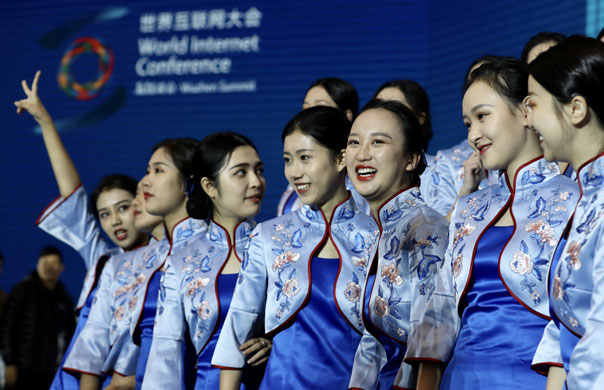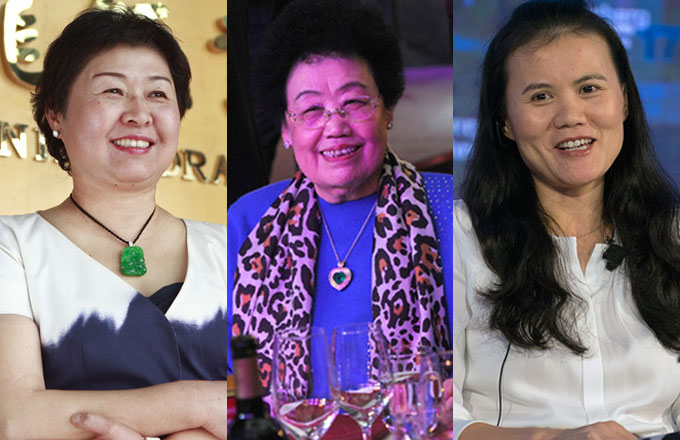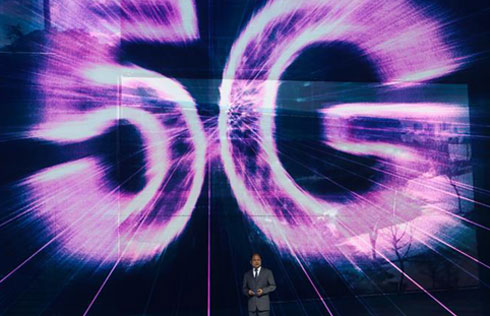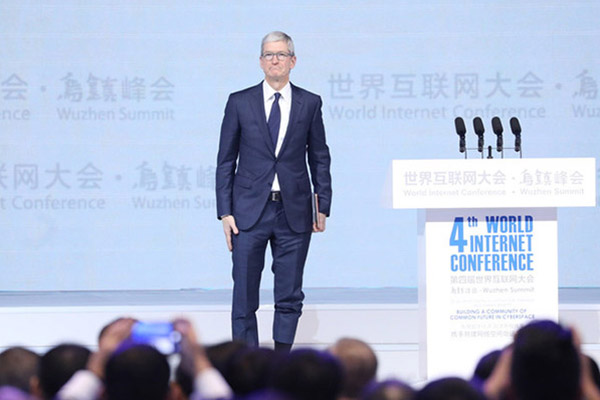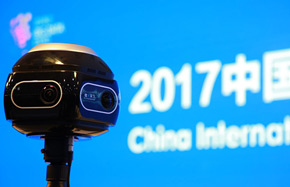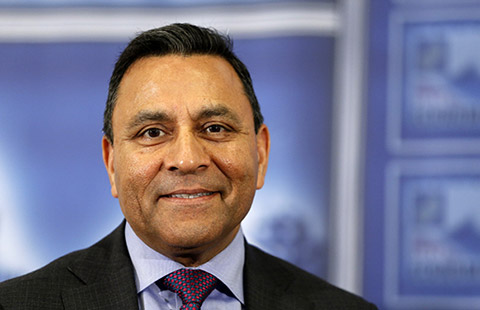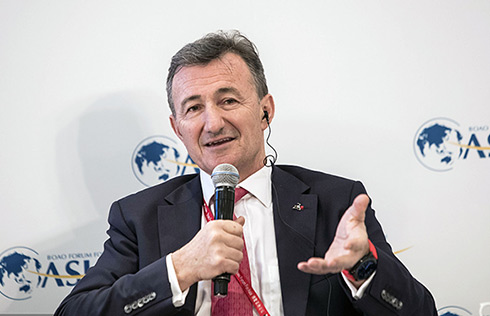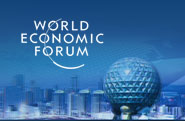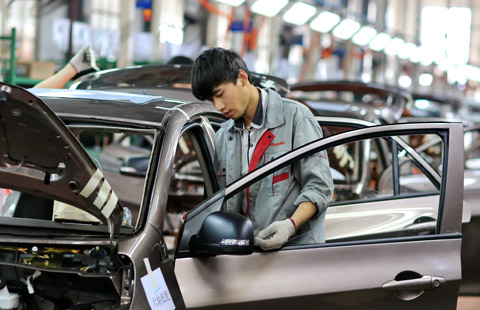Chinese companies rethink export strategy
China's new leadership wants to transform the country's economic growth model and shift it from the heavy reliance on investment and exports to a consumption-driven pattern, which is believed to be more sustainable.
Chinese exports are very important to US consumers. But "the biggest problem for Chinese products in the US is the lack of their own brands, even though Chinese manufacturing can make a living with the OEM model," Orlins said.
He added that US consumers may not know more than three Chinese brands other than Tsingtao Beer, Haier and Lenovo, which is very few compared with their knowledge of Japanese and South Korean brands, which are frequently seen in the US. However, US imports from China are much larger than those from Japan and South Korea, Orlins noted.
Meanwhile, compared with past decades, US importers have diversified their sources amid rising costs for Chinese goods and quality concerns.
Because of higher salaries, land use fees, and utility costs, some labor-intensive industries in China in recent years moved their plants to emerging economies in Southeast Asia. Meanwhile, building up brands has been an objective of local governments and companies to boost China's share of the global trade market and move up the ladder in the global industrial chain.
However, Orlins said that the government's efforts may backfire as the establishment of Chinese brands should be mainly the result of the companies' achievements. But the government can help with research and other services, he noted.
Rosen added that the business environment is very important and that China and the US have different standards for many things. He said that the biggest obstacle for China is learning what Western consumers take for granted and provide the products that consumers really need.
"The (economic) system, the history and the demands of local consumers are all pieces of a puzzle for China to enhance its products. The country's transition of its economic growth model will take some time," Rosen added.
Some Chinese companies have already achieved success in the US market.
"As one of the only photovoltaic module suppliers with a footprint of this magnitude in the region, we are deeply appreciative to our customers for their support. And we could not have reached this milestone without our team, who consistently raise the standard for customer service and dedication to delivering quality products," said Robert Petrina, managing director of Yingli Green Energy Americas Inc.
Yingli Green Energy Holding Co Ltd - a leading solar energy company and one of the world's largest vertically integrated photovoltaic manufacturers - said in late August that its fully owned subsidiary, Yingli Green Energy Americas, had achieved the historic milestone of more than 1 gigawatt of photovoltaic modules delivered to over 30,000 projects across the American continents and the Caribbean.
According to the California Solar Initiative, 1 GW of installed photovoltaic facilities meets the energy needs of over 200,000 average American households.
Yingli Americas' projects span the residential, commercial, and utility markets, and include more than 28,000 homes, 3,000 institutions and businesses, and 50 utility-scale projects.
Many iconic institutions in the Americas use Yingli Green Energy's photovoltaic modules, including Harvard University, Kaiser Permanente hospitals, the New York Jets team headquarters, and Rio de Janeiro's Maracana stadium.






